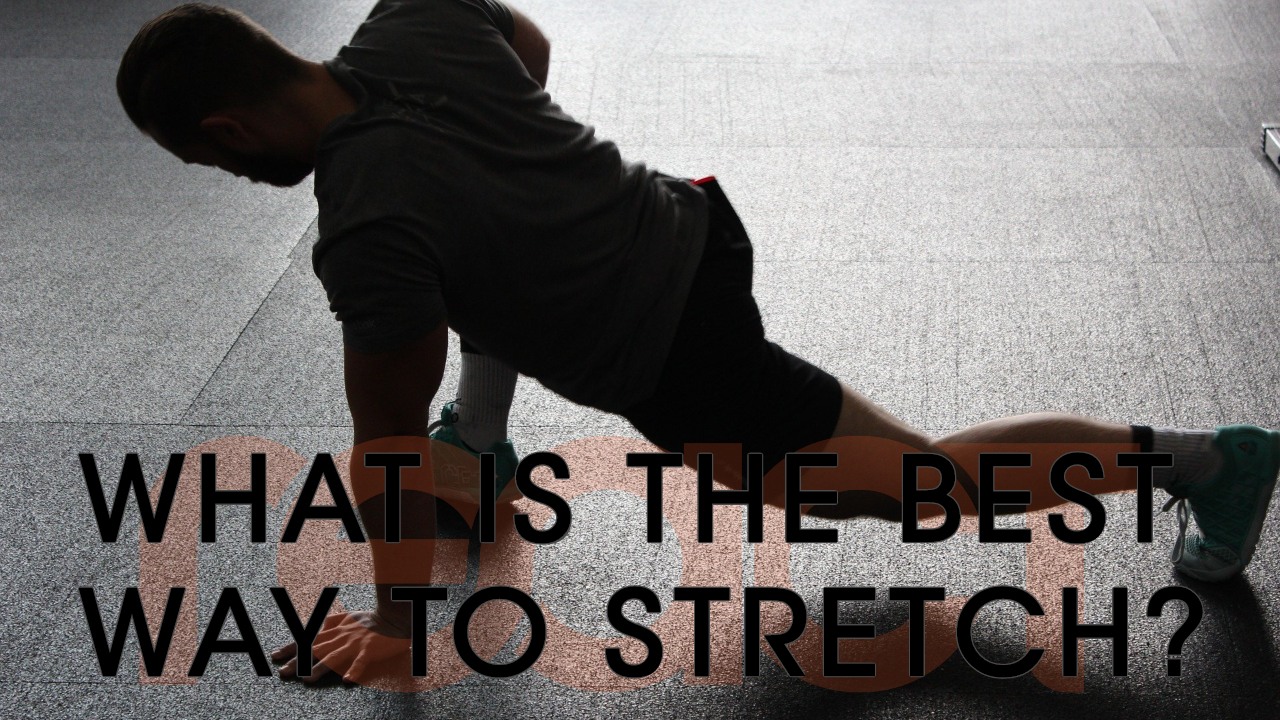What Is The Best Way To Stretch?

As a physical therapist, my patients often ask me, “what is the best way to stretch?”. My answer is typically pretty simple – there is none. There is no best way to stretch because of the fact that there are so many different ways; each with its own positive and negative effects. My recommendation all depends on your level of activity and physical goals that will determine which type of stretching will be most beneficial for you.
Let’s dive into one way to stretch, dynamic stretching, and when it can be beneficial to use.
Dynamic Stretching
Dynamic stretching involves moving in and out of your body’s natural range of motion. Its purpose is to help improve the range of motion and to warm up your muscles in preparation for any activity. This is the safest form of stretching and should be included in every workout routine.
Dynamic stretching differs from static stretching because it does not involve sustaining a stretch at the end range for a period of time. Rather, your body is constantly moving through the available ranges of motion that it allows. This helps to loosen up your muscles, increase blood flow to certain parts of your body, and prepare you for activity. Dynamic stretching should be performed before any and all forms of activity including running, jumping, weight training, etc.
The one downside to dynamic stretching is that it will not create long-lasting changes in your range of motion as would static stretching. If your goals are to be able to reach all the way behind your back or to be able to do the splits, then it would be beneficial to perform a static stretching regimen to accomplish these goals. However, if your fitness goals do not require your body to perform extreme ranges of motion, then dynamic stretching should be performed each and every time.
As a precaution, you should always be careful with the speed that you are moving in and out of these stretches with. If your body is not properly warmed up, or if you are moving too fast, it can potentially be painful or dangerous. Always be sure to maintain a slow and comfortable speed with this type of stretching. When starting off, make sure to stay within the range of motion that your body allows. Once your muscles are properly warmed up, then you can begin to stretch slightly beyond the available range.